Pride Tool Investing in the Future of Manufacturing
New Fiber Laser Cutting Equipment Improves Consistency and Efficiency
Another new addition to Pride Tool’s equipment lineup is a CLi Fiber Laser Cutter by Cincinnati Incorporated. This CNC fiber laser cutting machine provides the latest technology. It increases operational efficiency and adds redundancy to production equipment which ensures consistent workflow capacity. Pride Tool’s new Cincinnati Cli Fiber Laser Cutter guarantees results and quality with its powerful laser head and easy-access design. The laser cutter enables Pride Tool to maintain complete control of the efficient production of quality, high-mix parts.
The Laser Cutter uses a powerful laser head, a 100mm collimator with a 150mm autofocus length that provides consistent results through a wide range of materials. Its efficiency starts with a compact design that offers dual-opening doors with roll-out tables for ease of access. It also provides the control and visibility needed to ensure best-in-class parts delivery.
“The addition of this fiber laser cutter was driven by our tremendous customer demand. It is just another step in our growth plan”, stated Scott Schwarz, Pride Tool President. “We are excited to have a great partner in Cincinnati that enables us to make continuous improvements to our operations. They enable us to deliver the best products and service to our customers,” he continued.
Pride Tool creates structural fabrication components for custom designs and assemblies in carbon steel, stainless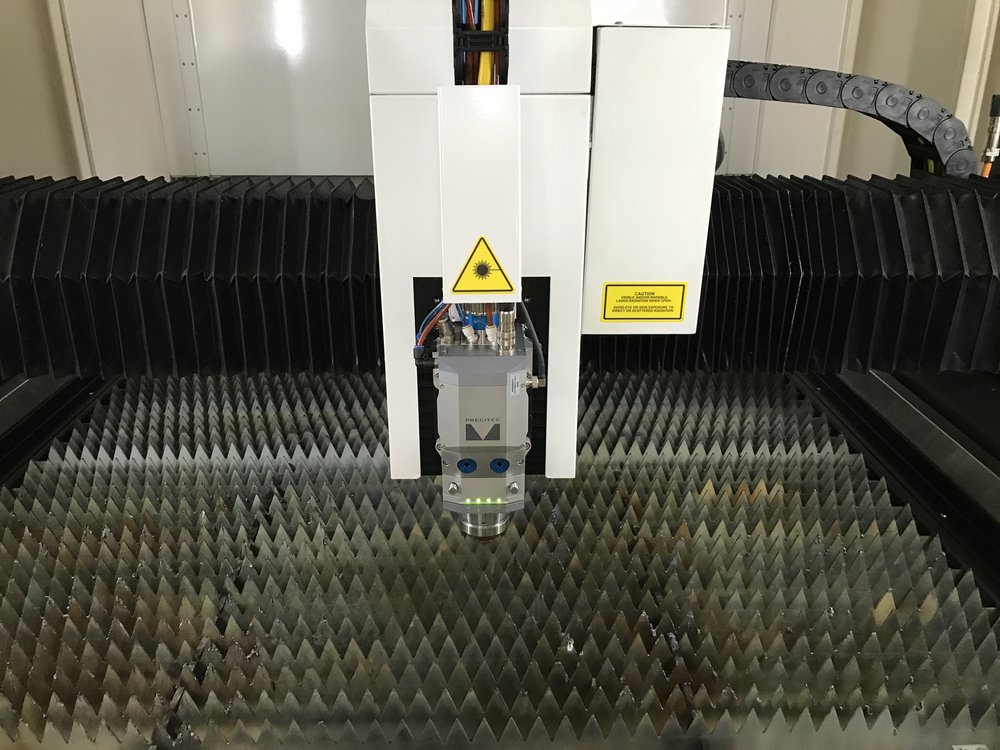 steel, and aluminum. The industries we serve range from automotive to medical, and agricultural to aerospace. Combining this CNC fiber laser cutting machine with our existing equipment takes Pride Tool to the next level. With our investments in new technology and best-in-class equipment, we can handle even your most challenging projects.
steel, and aluminum. The industries we serve range from automotive to medical, and agricultural to aerospace. Combining this CNC fiber laser cutting machine with our existing equipment takes Pride Tool to the next level. With our investments in new technology and best-in-class equipment, we can handle even your most challenging projects.
Give us a call today. Or better yet, visit our website at pridetool.com and request a quote for your next project. We are ready to help, with new projects, or if you need to replace or duplicate your current provider! Our experienced estimators will reach out to ensure we incorporate all the specifications your project demands. Then provide you with a quote and lead time.
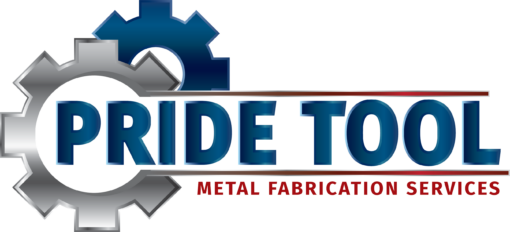
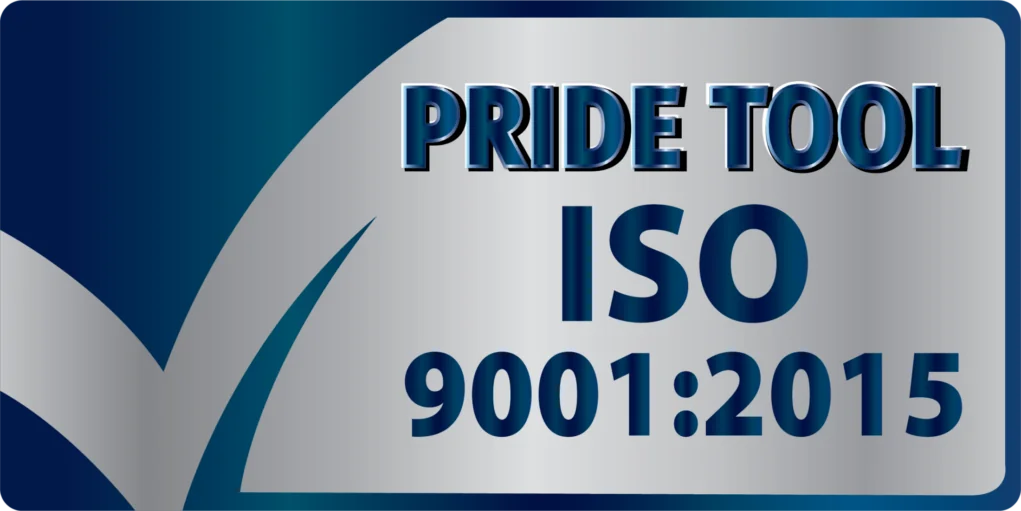
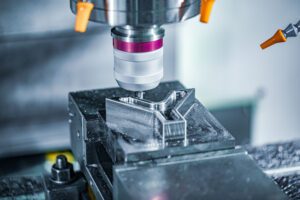

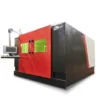
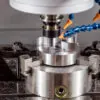
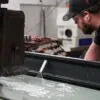
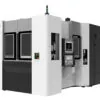
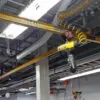
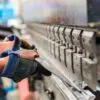
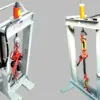
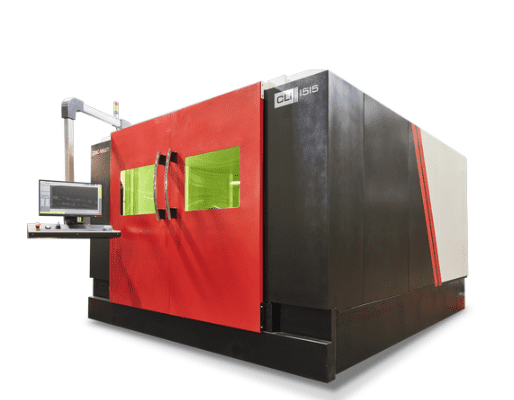
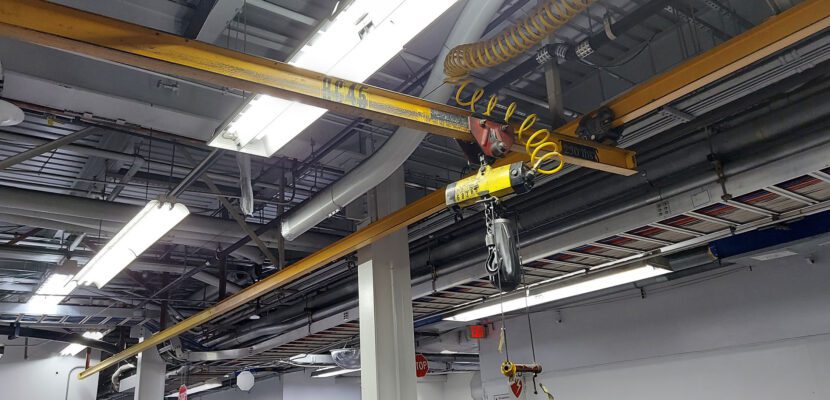
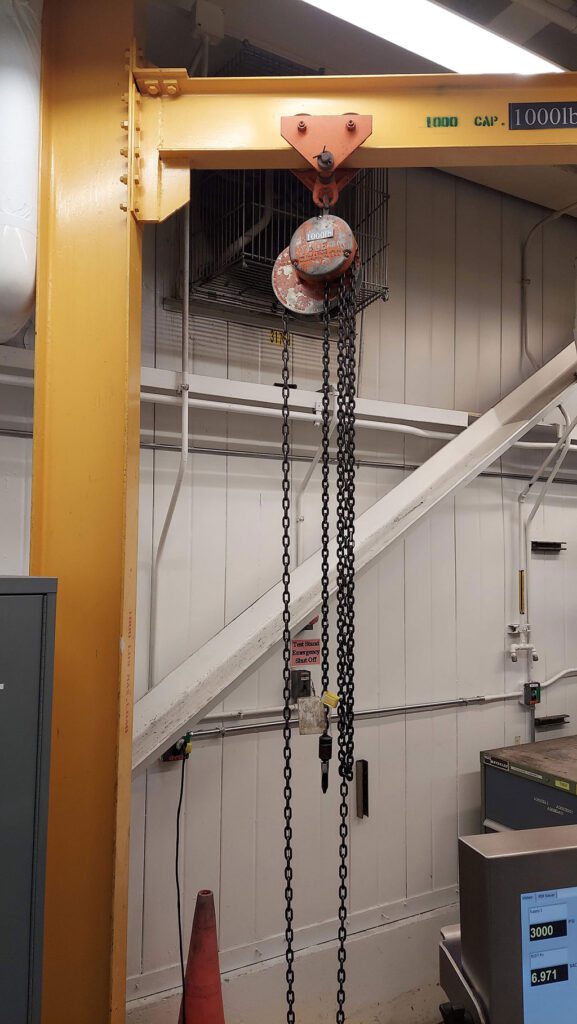 Here are some essential safety precautions to follow:
Here are some essential safety precautions to follow: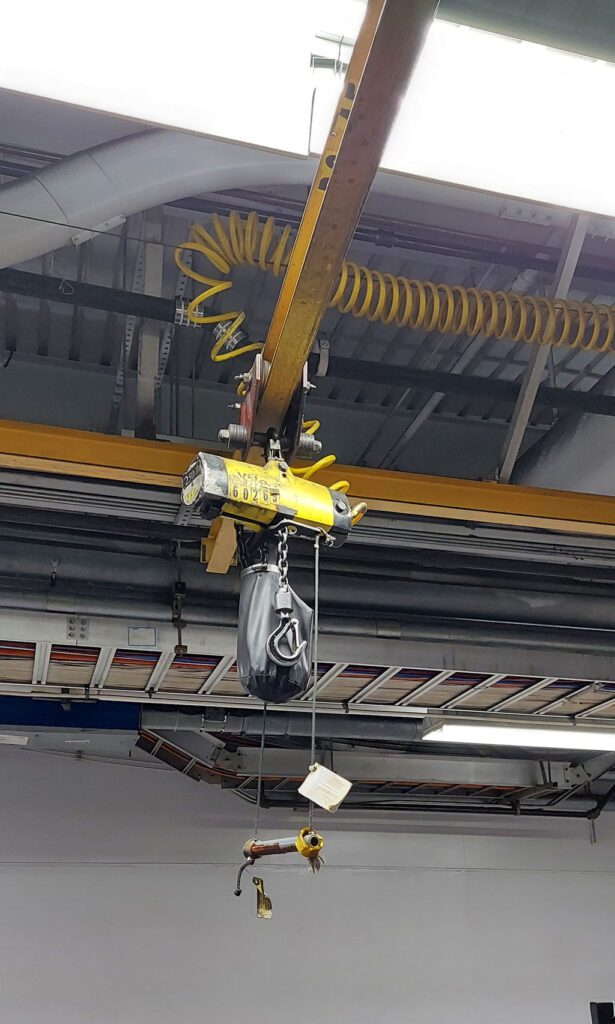
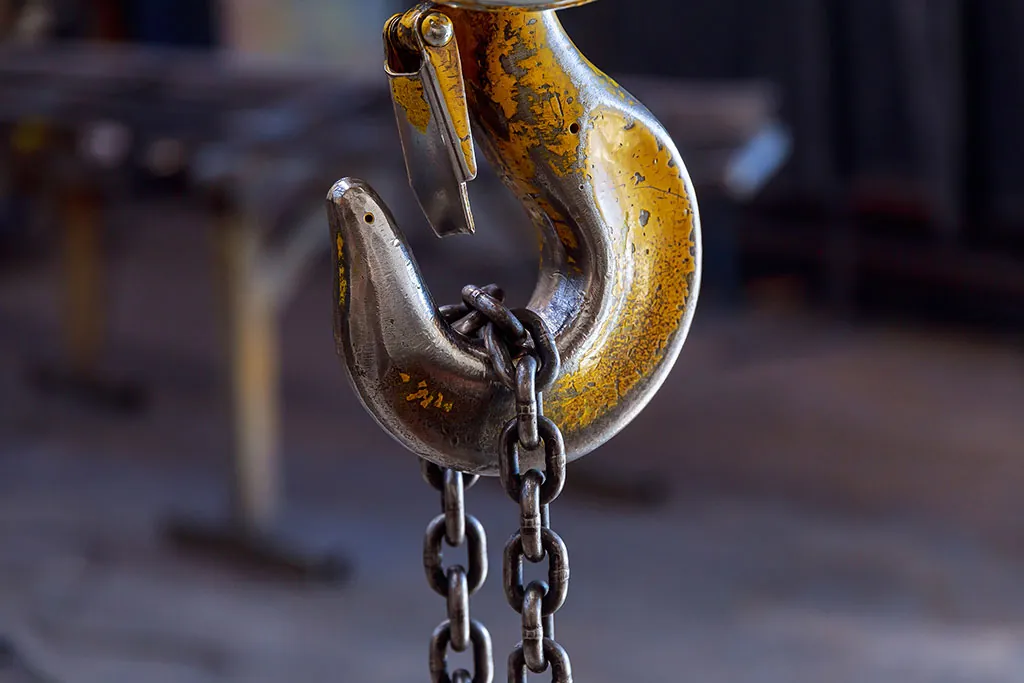
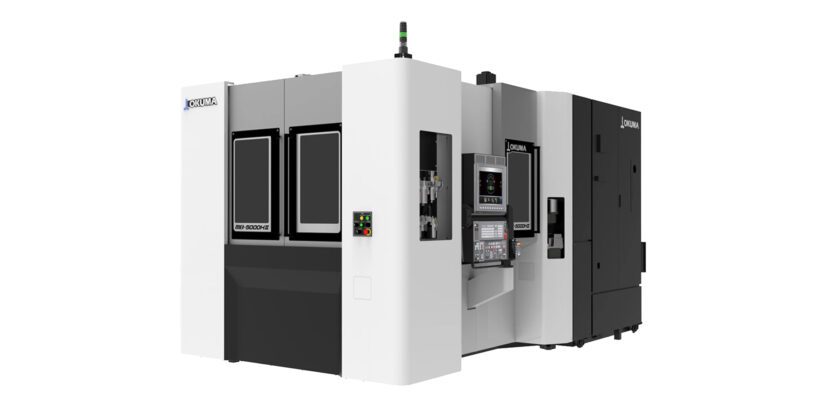
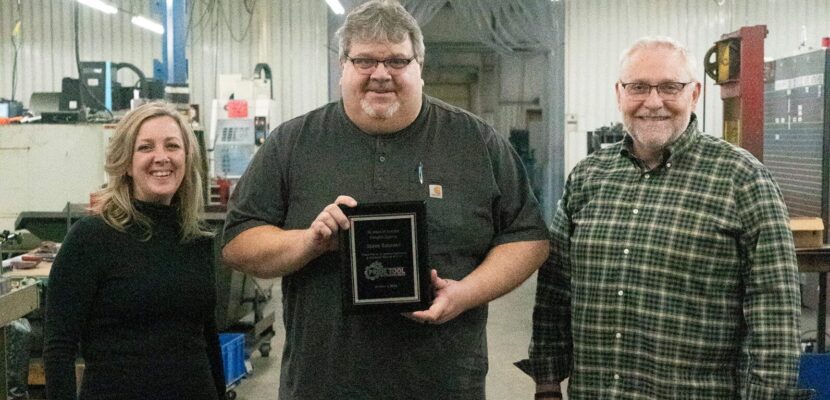
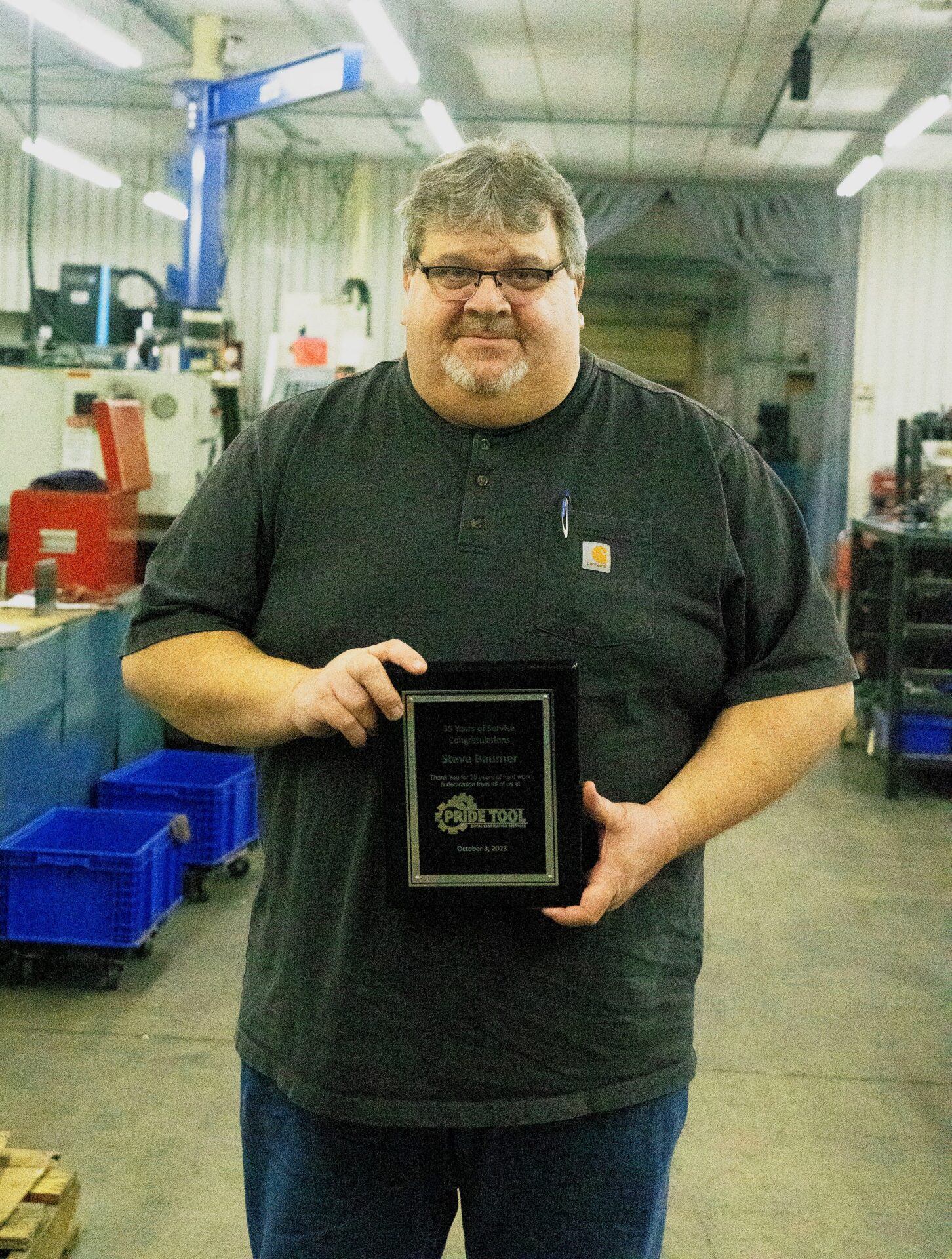 Throughout his longevity with Pride Tool, Steve has continued to utilize his expertise to contribute toward the company’s success, as well as assisting the operations team as needed. As an integral part of the team, Steve dedicates an invaluable amount of knowledge that he uses to continually grow and mentor both new and more junior machinist throughout the shop.
Throughout his longevity with Pride Tool, Steve has continued to utilize his expertise to contribute toward the company’s success, as well as assisting the operations team as needed. As an integral part of the team, Steve dedicates an invaluable amount of knowledge that he uses to continually grow and mentor both new and more junior machinist throughout the shop.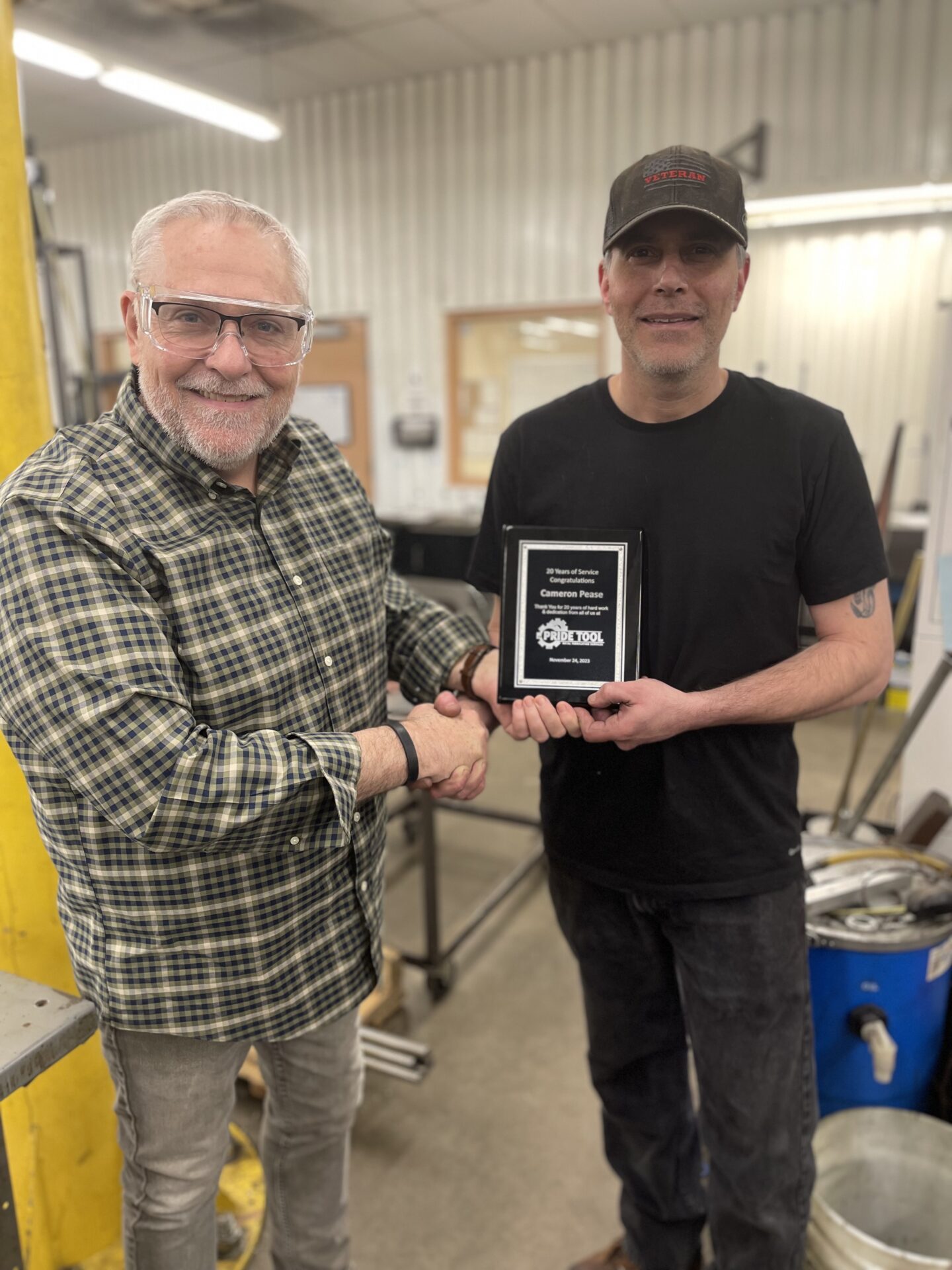
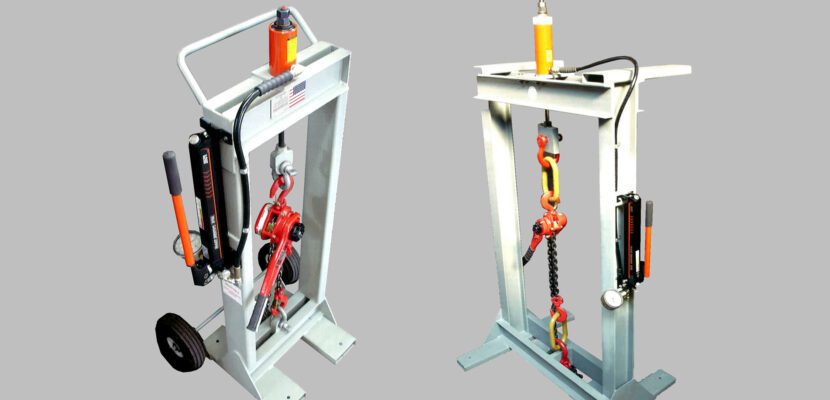
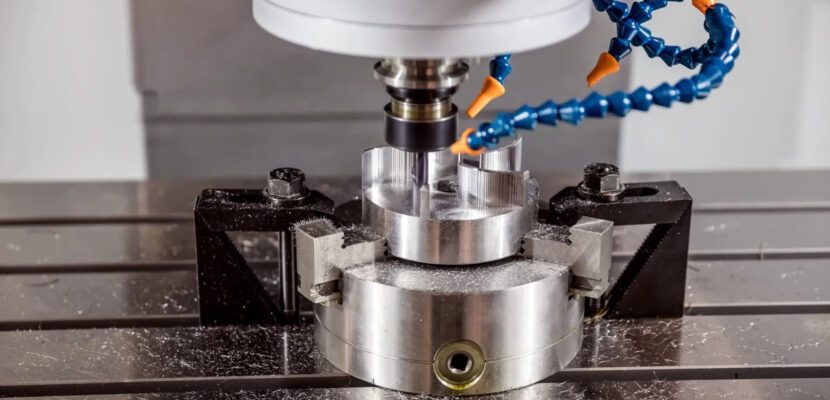
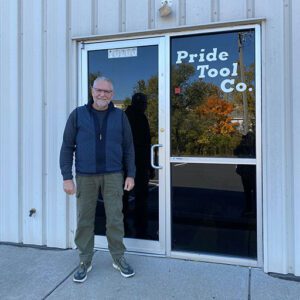
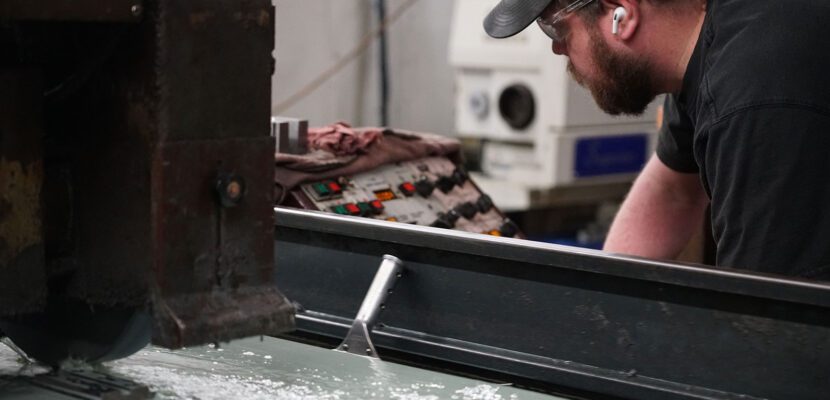
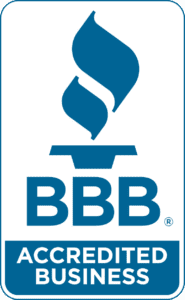 Cincinnati, OH (July 17, 2023) – Pride Tool, a Metal Fabrication and Machine Shop located at 10200 Wayne Avenue in Cincinnati, announced today that it has met the Standards for trust required by the Better Business Bureau and is now a BBB Accredited Business.
Cincinnati, OH (July 17, 2023) – Pride Tool, a Metal Fabrication and Machine Shop located at 10200 Wayne Avenue in Cincinnati, announced today that it has met the Standards for trust required by the Better Business Bureau and is now a BBB Accredited Business.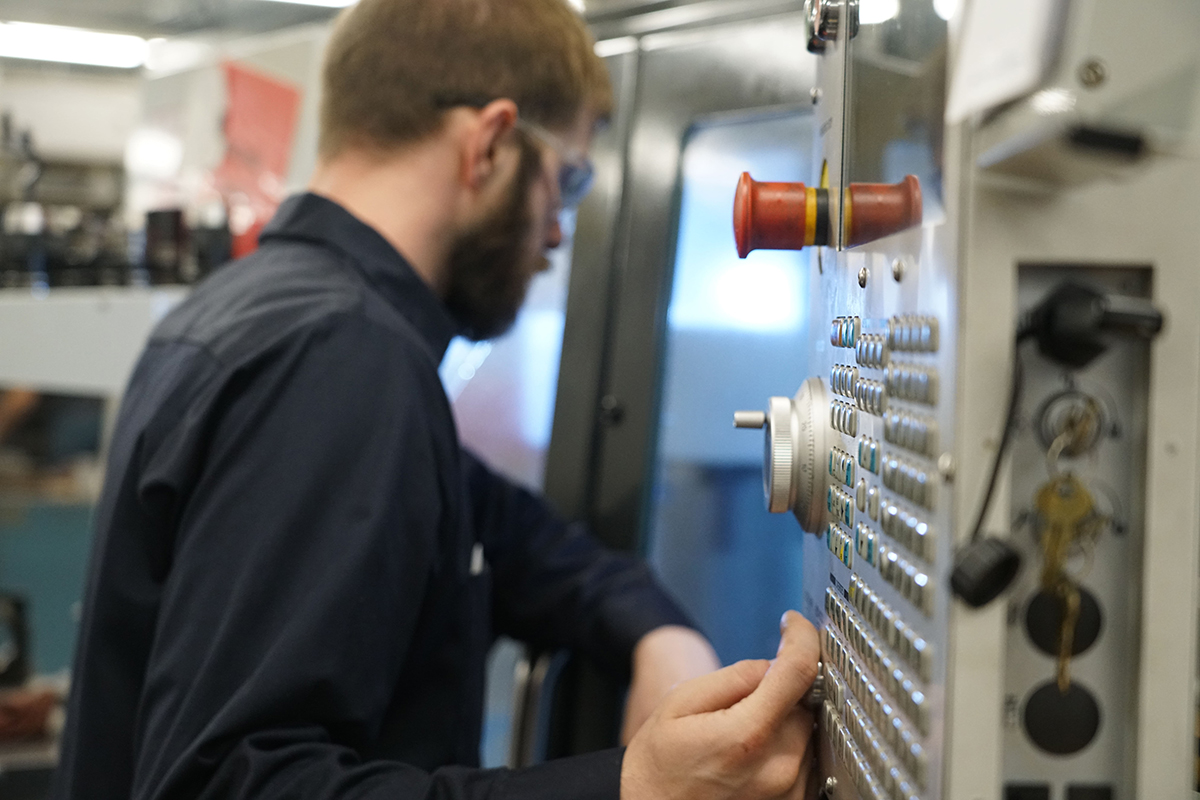
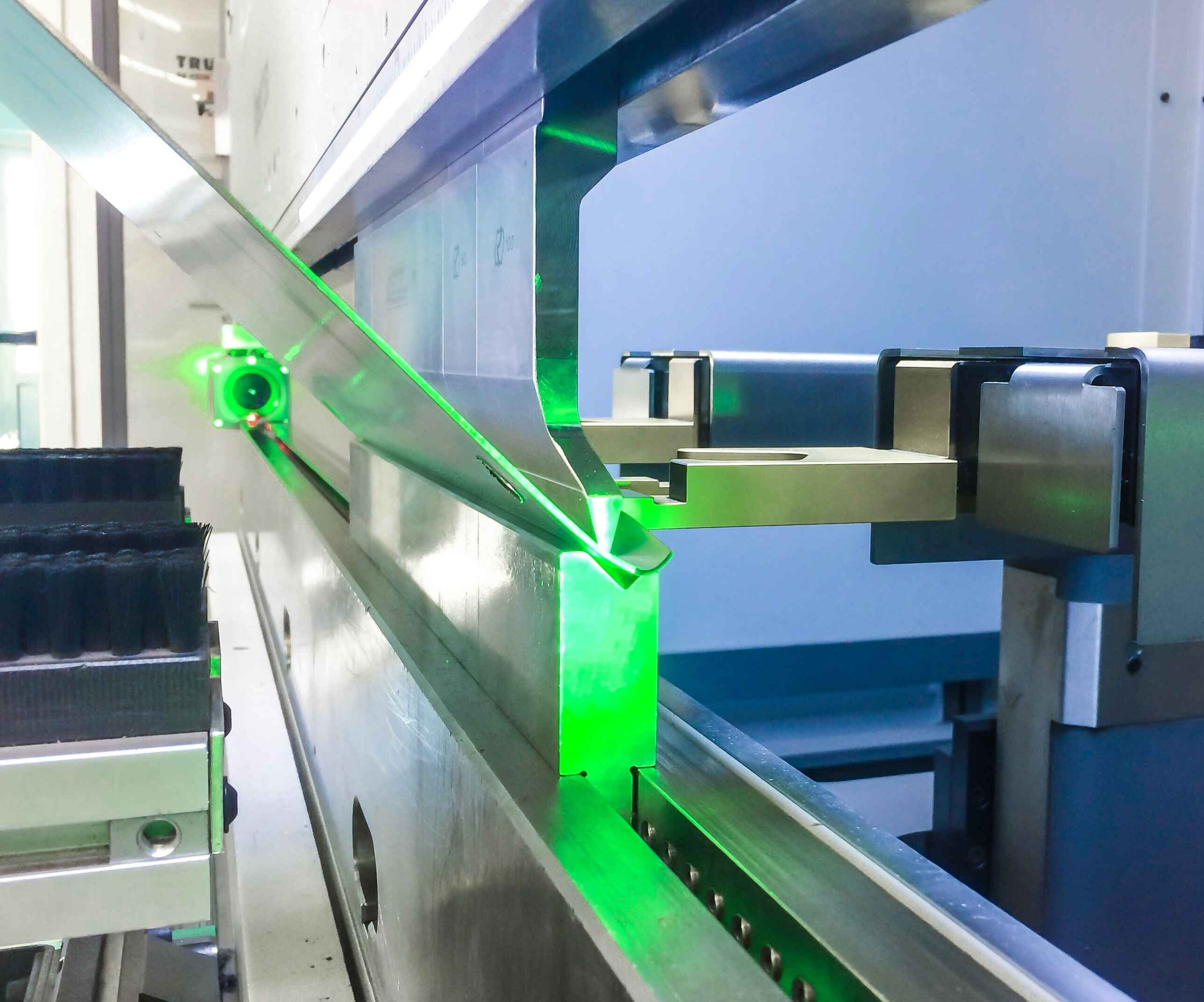
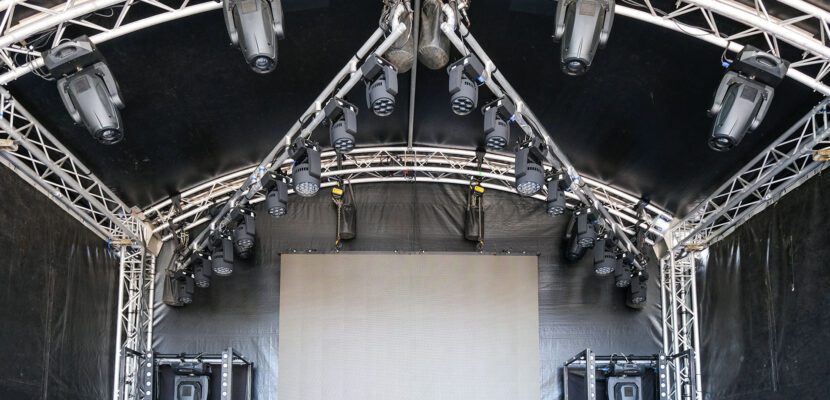
 Rigging is a necessary activity in industries such as construction, manufacturing, shipbuilding, and even entertainment. Whether it’s lifting steel beams, assembling machinery, or setting up stages for concerts, rigging professionals ensure that heavy objects are moved safely and effectively.
Rigging is a necessary activity in industries such as construction, manufacturing, shipbuilding, and even entertainment. Whether it’s lifting steel beams, assembling machinery, or setting up stages for concerts, rigging professionals ensure that heavy objects are moved safely and effectively.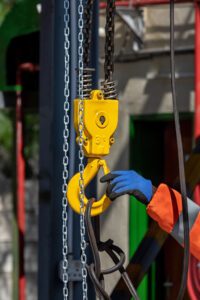 executed seamlessly. Their knowledge of different types of hoists, slings, and chains is crucial for maintaining safety and efficiency.
executed seamlessly. Their knowledge of different types of hoists, slings, and chains is crucial for maintaining safety and efficiency.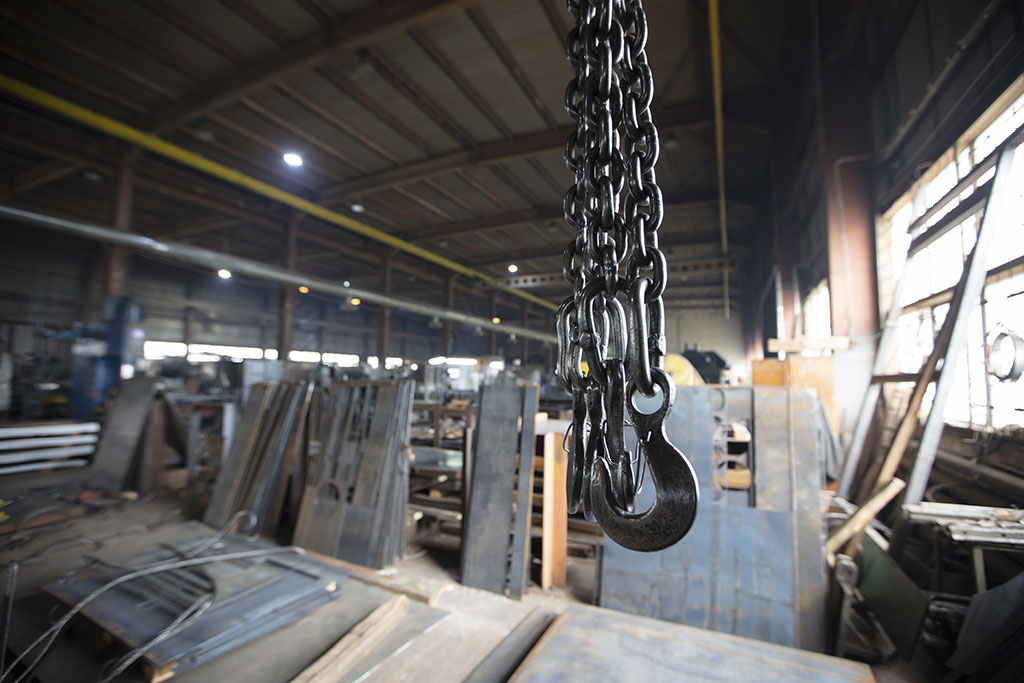 Remember, every lift is an opportunity to prioritize safety and efficiency through proper rigging techniques and equipment usage. For information on cost effective equipment to assist in monitoring chain and sling hoist’s reliability. Visit
Remember, every lift is an opportunity to prioritize safety and efficiency through proper rigging techniques and equipment usage. For information on cost effective equipment to assist in monitoring chain and sling hoist’s reliability. Visit